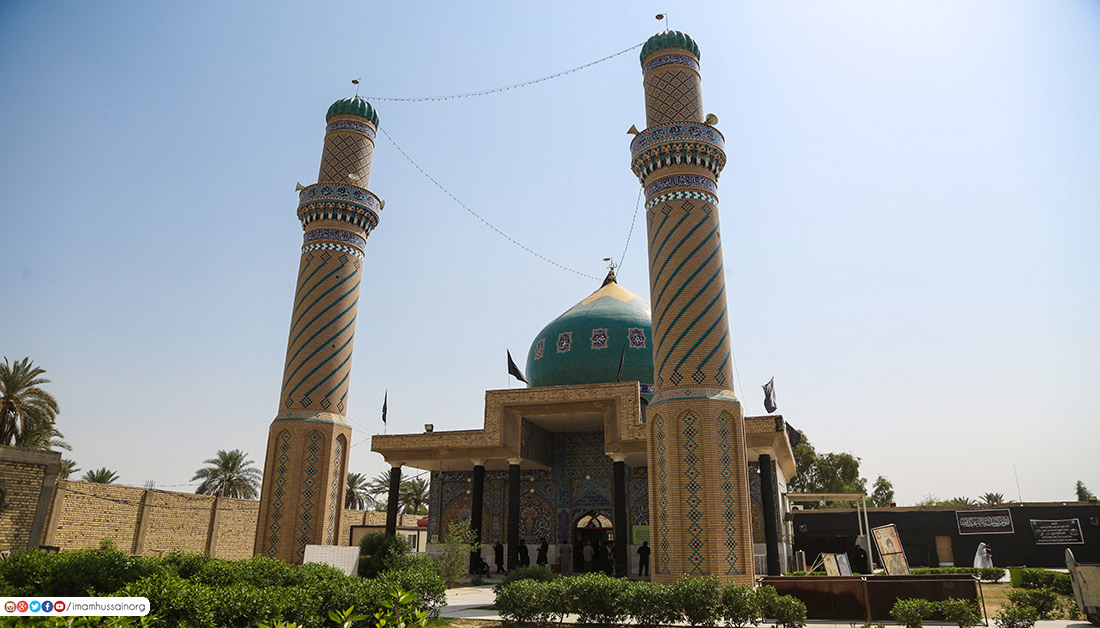Mailing List
Sign up for our mailing list to get latest updates and offers.
The Shrine of Prophet Job, also known as Maqam Ayyub, is a revered pilgrimage site located in the city of Hillah, the provincial capital, on the Shatt al-Hilla, which is a branch of the Euphrates River. It is believed to be the burial place of the biblical prophet Job, who is mentioned in the Quran and the Bible.

According to Islamic tradition, Prophet Job lived during the time of the Prophet Muhammad's ancestor, Ibrahim (Abraham). He is said to have been a wealthy and pious man who was tested by God with numerous hardships, including the loss of his family, wealth, and health. Despite his trials, Job remained steadfast in his faith and was eventually rewarded with blessings and restored to health.

The Shrine of Prophet Job is a popular pilgrimage site for Muslims from around the world. Pilgrims visit the shrine to seek blessings, pray for healing, and learn about the life and teachings of Prophet Job. The shrine is particularly revered by those who are suffering from illnesses or hardships.
The shrine is believed to have been built on the site where Prophet Job lived and preached. It is home to a number of relics associated with Prophet Job, including his staff, his sandals, and his bowl.
The Shrine of Prophet Job is believed to have been built in the 12th century AD by the Seljuk Turks. It was later expanded and by subsequent rulers, including the Abbasids and Ottomans. The current structure dates back to the 16th century, and it is a beautiful example of Islamic architecture. The shrine complex consists of a central courtyard surrounded by a series of buildings, including a mosque, a library, and a mausoleum. The mausoleum is the most prominent structure and is believed to contain the tomb of Prophet Job. It is a rectangular building with a golden dome and intricate tilework. Inside the mausoleum, pilgrims can visit the tomb and offer prayers. The walls are adorned with verses from the Quran and other religious inscriptions. The shrine also has a number of other sacred sites, including a wishing well and a place where it is said that Prophet Job washed his wounds.
The Shrine of Prophet Job has been damaged several times throughout history, including during the Mongol invasion in the 13th century and the Iran-Iraq War in the 1980s. However, it has been restored on multiple occasions and remains a significant religious and cultural site. Today, the Shrine of Prophet Job is visited by thousands of pilgrims each year. The shrine is a popular tourist destination, and it is visited by people from all over the world.
